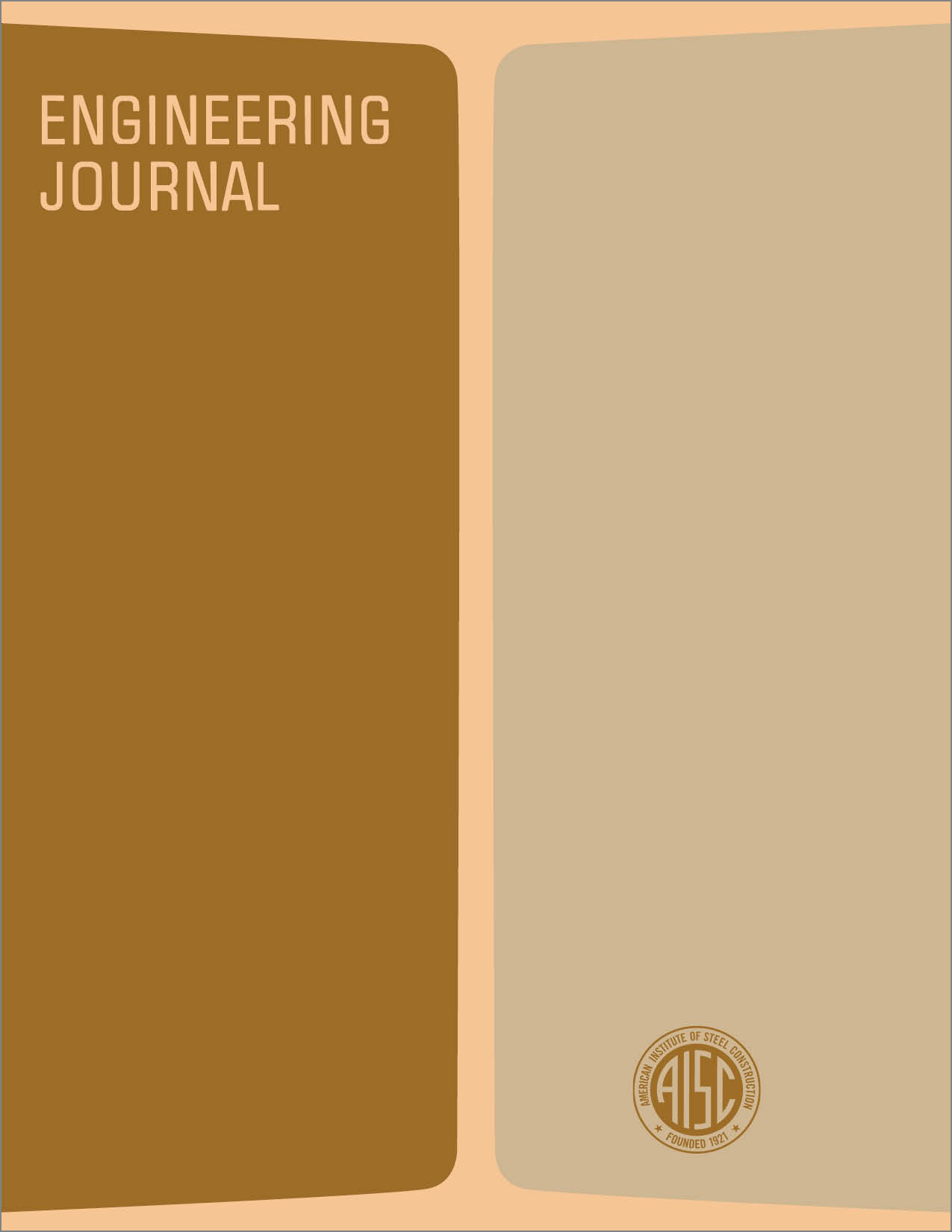Design of Headed Anchor Bolts
DOI:
https://doi.org/10.62913/engj.v20i2.394Abstract
In current practice the design of base plates is controlled by bearing restrictions on the concrete; shear is transmitted to the concrete largely through anchor bolts, shear lugs or bars attached to the base plate and the tensile anchorage steel is generally proportioned only for direct stress. The embedment requirements for anchorage steel are not clearly defined by most codes and are left largely to the discretion of the design engineer. Also, there are no provisions to prevent a brittle failure in the concrete as opposed to a ductile failure in the anchor bolt, as provided for with a probability-based limit states design or Load and Resistance Factor Design (LRFD) for steel. Larger design forces now mandated in many areas due to the revised seismic and wind loads require design capacities for anchor bolts beyond any existing code values. Therefore, there is a need for a complete design procedure for anchor bolts that will accommodate these larger loads and incorporate the proposed design philosophy, i.e., probability-based limit states design (PBLSD).

